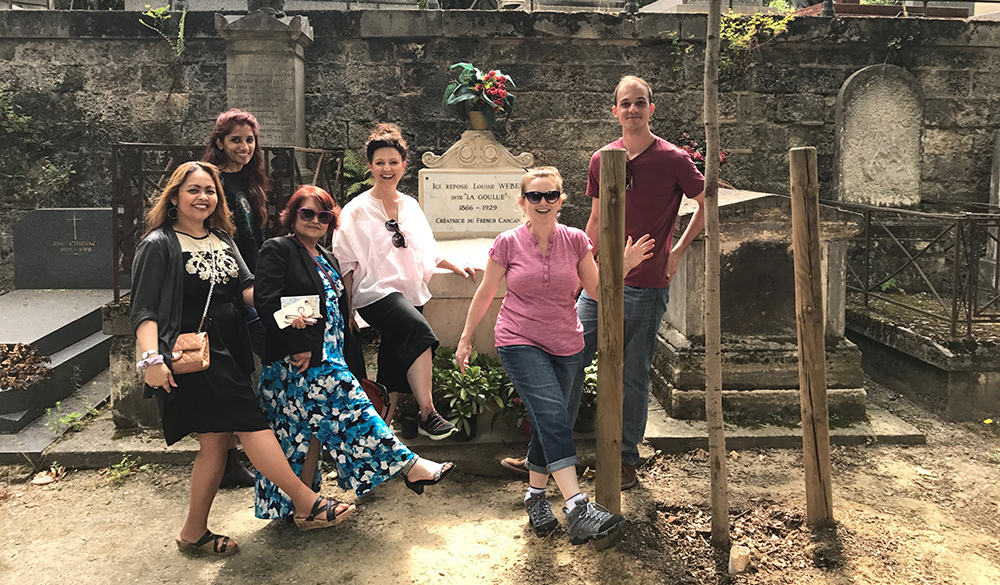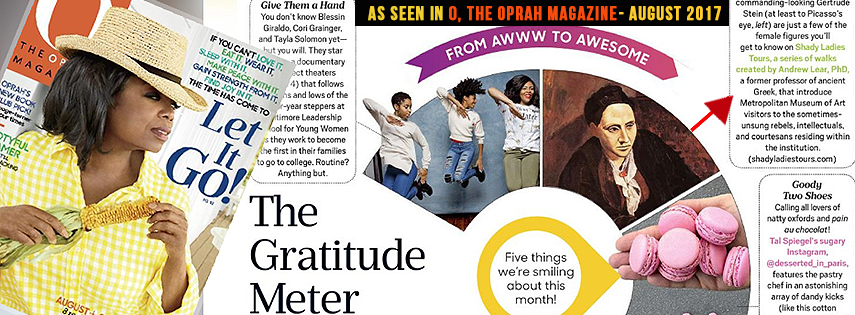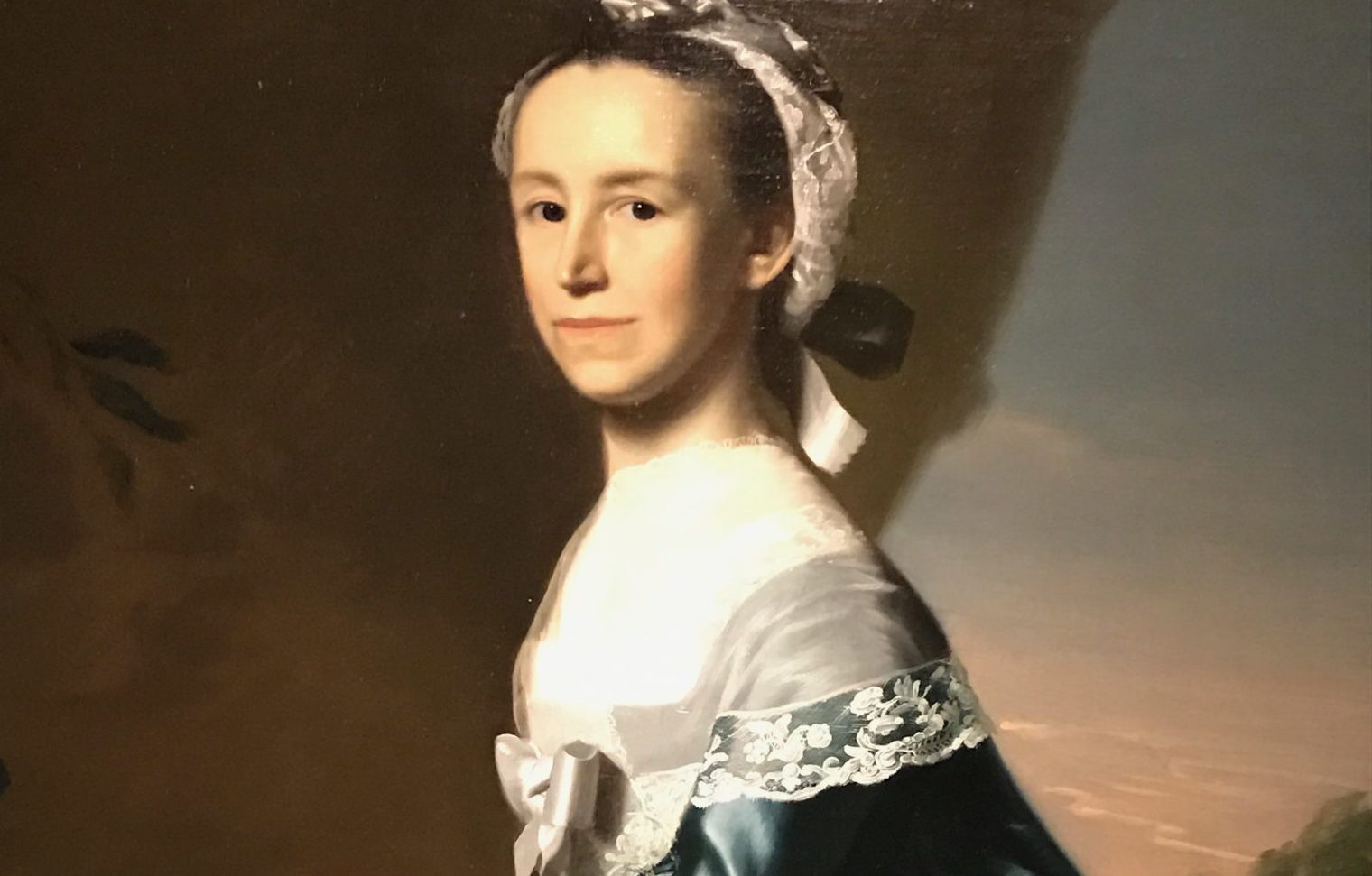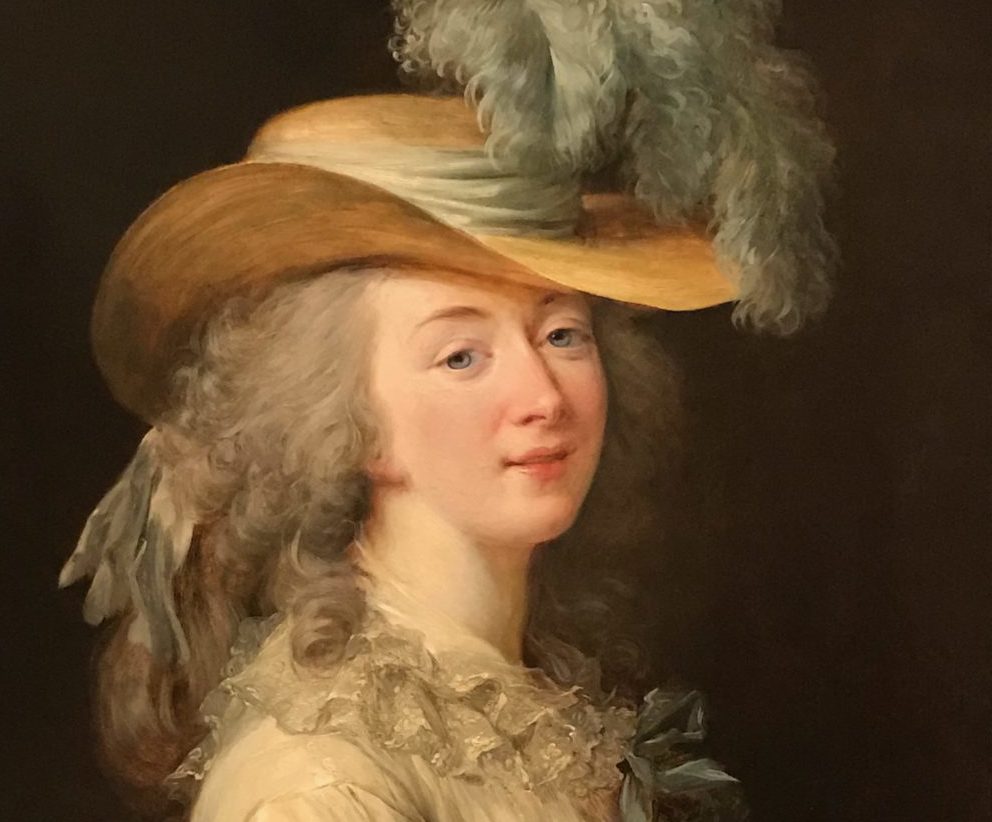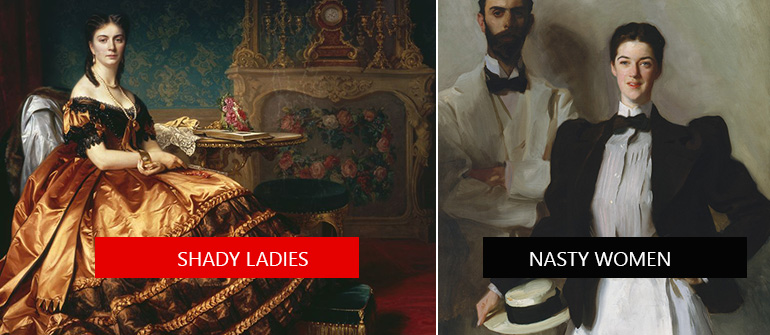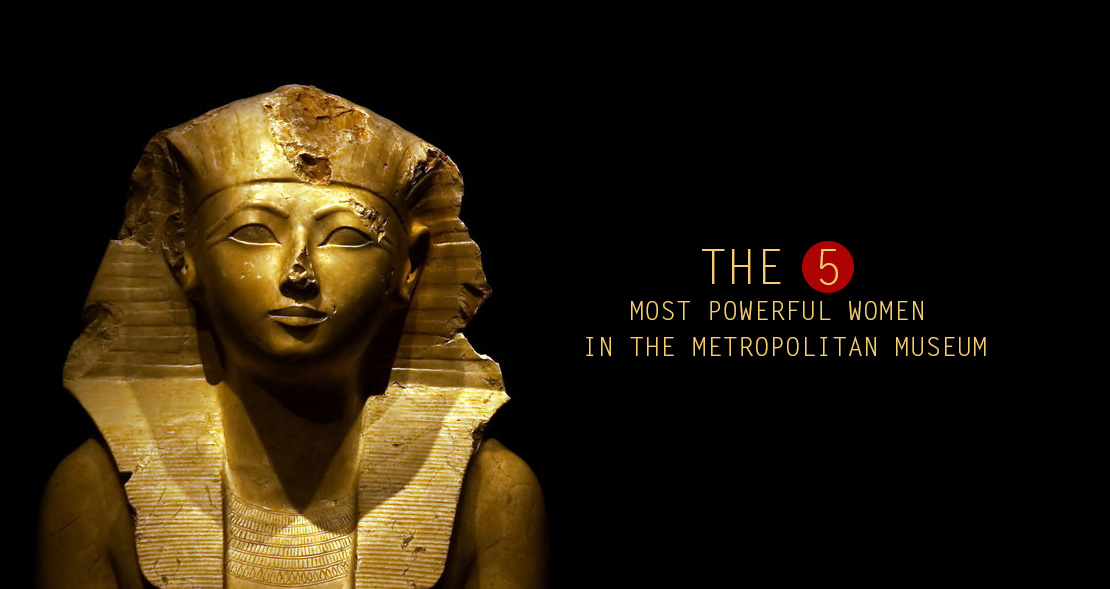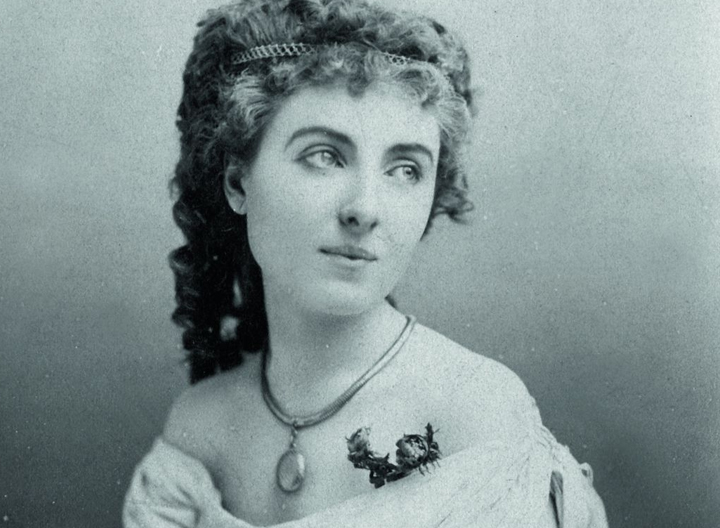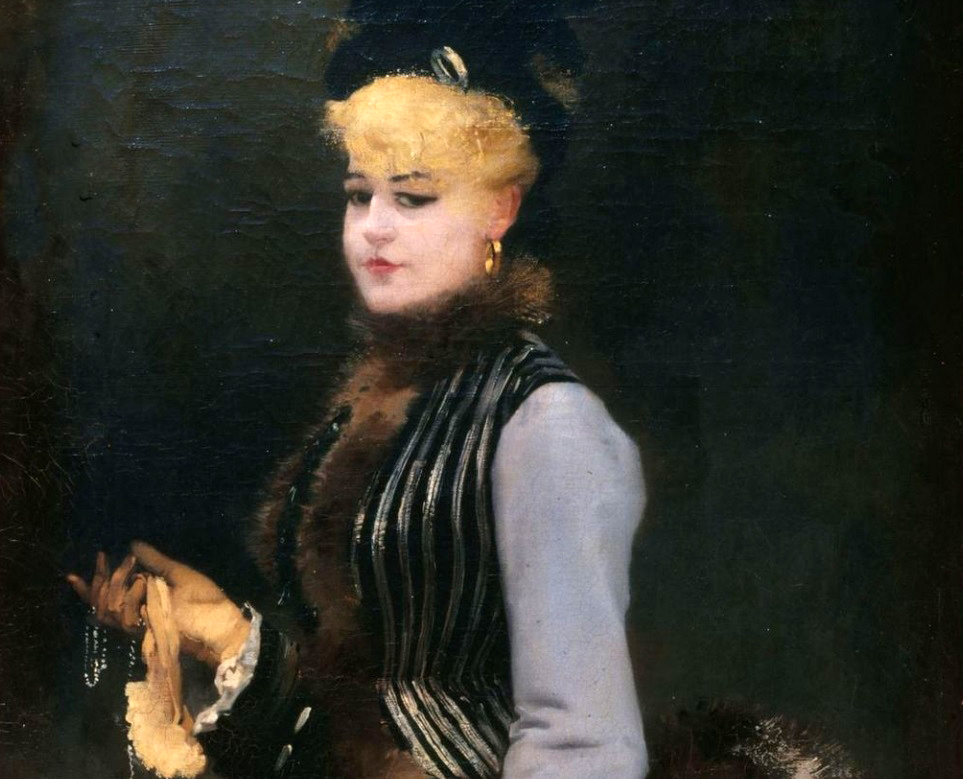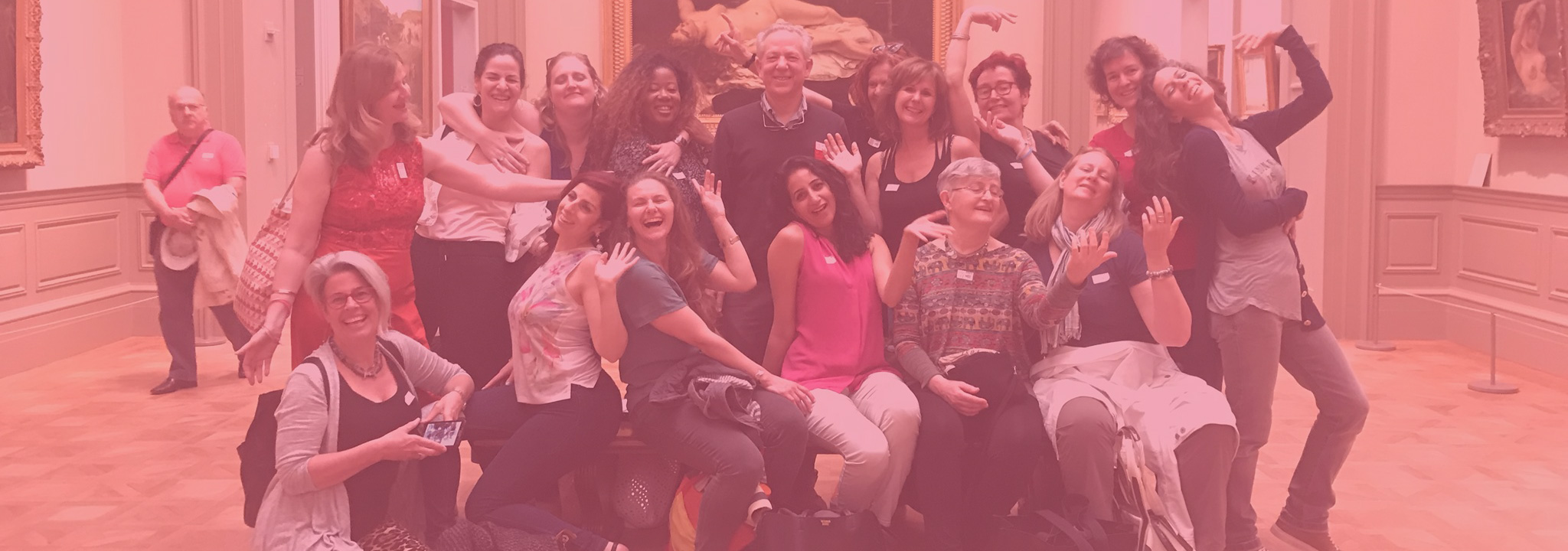
Author: Professor Andrew Lear
16 Jul Shady Ladies Featured In O, The Oprah Magazine!
We are so grateful for being included on the 'Gratitude Meter' 5 Things We're Smiling About in this month's issue of O, The Oprah Magazine! When it comes to Shady Ladies Tours, Oprah exemplifies the kind of ambitious, glass ceiling breaking woman that our tours are all about!20 Jun Nasty Women of the MFA Boston
The Museum of Fine Arts, Boston is of course one of the world's great museums. It is also a great place for a women's history tour. There are very few of the courtesans or mistresses that make up our Shady Ladies tour in New York: I suspect that the Boston collectors of the 19th century were too prudish to buy pictures on themes they knew were racy. But the museum has a great collection of what we're calling (ironically) "nasty women"—feisty, ambitious women from many periods of history.30 May Shady Ladies of the Philadelphia Museum
Posted at 01:54h in art history, courtesans, philadelphia museum of art, Shady Ladies, Women's History
The Philadelphia Museum of Art is not as big as the Metropolitan, and it might not be possible to arrange all the theme tours that we can in NYC. However, it has some wonderful Shady Ladies in its collection. Indeed, it has a great prize: Elizabeth Vigée Le Brun's iconic portrait of Madame du Barry, the last royal mistress of ancien régime France, whose famously seductive, almond-shaped eyes are the focus of the painting.03 May Shady Ladies tour or Nasty Women?
Posted at 15:06h in art history, courtesans, Metropolitan Museum, nasty women, Shady Ladies, Women's History
People often ask me what the difference is between the Shady Ladies tour and the Nasty Women tour—whether the themes are really different, whether in short they should go on both tours or only one. In fact, the difference between the two tours is very clear, and there is almost no overlap between them. The Shady Ladies tour is about royal mistresses and courtesans, fascinating categories of women that were prominent in cultures distant from our own—and which are major themes in the art of all those cultures, from ancient Greece to Edo-period Japan to Renaissance Italy to Belle Epoque France. The Nasty Women, instead, is about feisty, path-breaking women—women who had more power and/or independence than we usually think women in the past had.25 Apr Fun, lesser-known sights on our Paris tour
Every Paris tour should include some major sights: even if you've seen them before, you can always see new sides. Plus some wonderful food of course. Our Shady Ladies Paris tour includes both of those, with a "Shady Ladies" tour of the Orsay Museum highlighting the racy sides of the collection (on the model of our well-known tour of the Metropolitan) and some truly excellent meals; also a tasting at the patisserie that is most famous for macarons. But we also include a bunch of sights in our Paris tour that you probably haven't seen—lesser-known sights that even Parisians think it would be cool to see.21 Mar The Five Most Powerful Women in the Metropolitan Museum
My esteemed colleague Mary Beard has posted an article about the five most powerful women in the British Museum, as a celebration of Women's History Month. So since we are now doing a tour about that topic at the Metropolitan Museum, I thought I should answer with a post about the most powerful women in the Met. Because the Met actually has a lot of powerful women, from the most powerful woman pharaoh of ancient Egypt through women of the 20th century. And this year of all years, now is the time for some women's history!24 Feb “Nasty Women” are Everywhere—even the Metropolitan
We know them from work, family, public and private life—women who speak their mind, pursue their careers and even run for public office. They’re smart. They’re sassy. Some people call them "nasty." But we say they're strong. And to celebrate them (and Women’s History Month) Shady Ladies Tours is launching a brand new offering: Nasty Women of the Metropolitan.18 Jan The bed of one of the great courtesans of 19th century Paris, Valtesse de la Bigne.
Great bed, eh? Maybe we should call it something like a temple of love. This is the bed of one of the great courtesans of 19th century Paris, Valtesse de la Bigne. Aside from her rich patrons, de la Bigne was the lover of several...
18 Jan Ernest-Ange Duez’s “Splendeur,” displayed at the Salon of 1874
Here is another thing we will see on our Shady Ladies tour of Paris--one of our favorite images of a courtesan: Ernest-Ange Duez's "Splendeur," displayed at the Salon of 1874. It was originally part of a diptych, with "Misère" on the other side, showing the...



